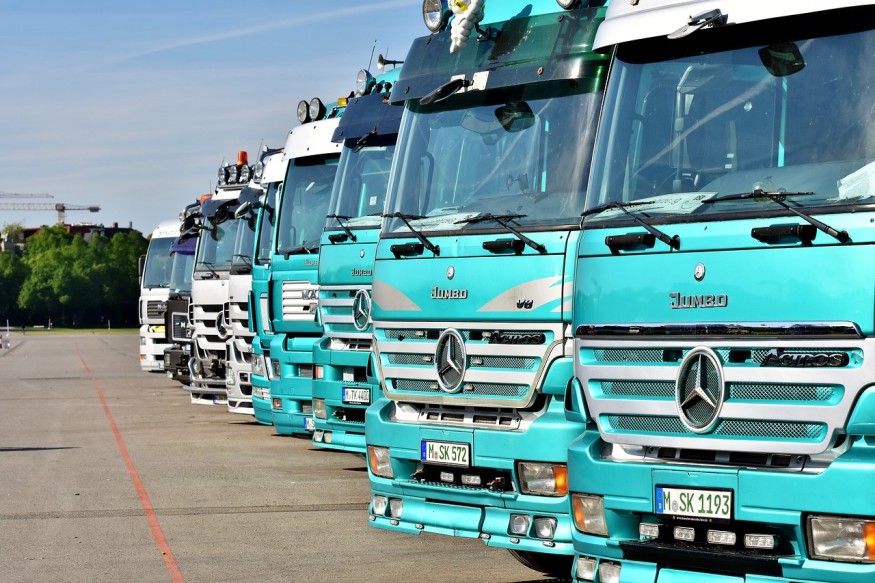
The future of the trucking industry is towards zero-emission, and history was made by California last Thursday when it became a pioneer in mandating truck makers to transition to zero-emissions. The CARB or California Air Resources Board approved the Advanced Clean Trucks, or ACT, Regulation, which mandates that 50 percent of all trucks in the state must have zero-emission by the year 2035, with the rest following by the year 2045. A zero-emissions rule that complements the regulation is in the works.
In the new rule, the manufacturers of trucks are required to devote a part of their truck sales to zero-emission in 2024, then increasing this number with each succeeding year. This is a complete transformation of California's trucking industry, with the entire country, hopefully, to follow suit.
Some members of the trucking industry consider the deadline as an unrealistic timeline that is too ambitious. Such an argument was also made in the case of the early 2000's Criteria Air Pollutants Rule, where, even though compliance was bumpy and challenging, the goal was ultimately attained, and the benefits were gained.
Because of this, one will need 70 trucks releasing toxic substances to match the amount that a single truck released before the implementation of these rules.
This is a historic opportunity for the trucking industry to tackle the emissions problem aggressively and to transform its supply chain management towards clean air emissions. Such a transformation can help attract new talent to the transport industry. It can also win community support and mitigate climate change.
NACFE, the North American Council for Freight Efficiency, studied the issue in detail and found that not all truck and route configurations and classes can be easily electrified. It has been found that the electrification of regional and short-haul routes must be prioritized because these are the areas where current BEV or battery electric vehicle technologies work most efficiently.
Long-haul trucking may be more suited to HFCEVs or hydrogen fuel cell electric vehicles and other zero-emission designs and technologies. These fuel cells can better meet long-range demands from long-haul routes and duty cycles, continuous operations, and multiple truck utilization. It is also more equipped to meet the requirements of fast fueling time needed by such activities.
It is fortunate that CARB is not prescribing specific technologies and is only generally requiring zero-emission technology. CARB also issued different goals for various types of trucks; in this regard, truck tractors are expected to have the lowest rates for zero-emission sales of only 40% by the year 2035.
Transitioning to zero-emission also requires massive infrastructure in hydrogen stations and charging stations, aside from the upfront cost in new HFCEV and BEV truck units. Such infrastructure can take a year or up to three years to complete, and therefore they must be started immediately.
Fast charging is also expensive and could cost up to $100,000 for each vehicle. Major changes are also needed in fleet depots to adequately supply the power necessary for all the trucks in their site.
Thus, support by the government for the upfront costs of these charging stations will significantly help fulfill the zero-emission goal.
© 2025 NatureWorldNews.com All rights reserved. Do not reproduce without permission.





